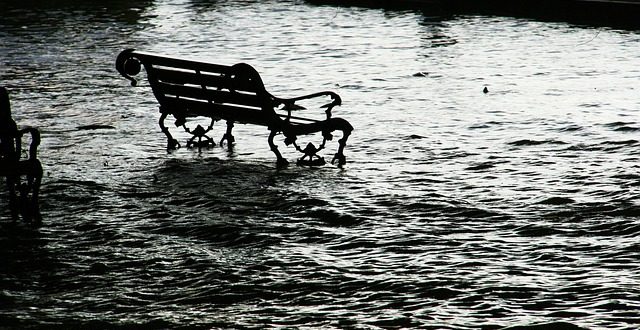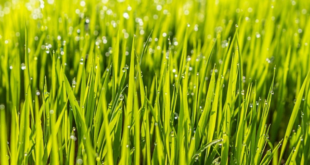Extreme weather seems to be more common. Some areas are experiencing flooding for the first time. Hopefully you escape the worse of it, but with heavy rain many of us seem to suffer with a waterlogged garden. Here are some top tips on dealing with a waterlogged garden.
Evidence of waterlogging
Unfortunately plants will literally drown in a waterlogged garden. This is because the water fills the air spaces between the soil particles preventing oxygen from penetrating to the roots, resulting is stagnating soil and little to no root growth.
Once some of the water has drained away you will soon notice the damage the excess water has caused:
- Yellowing plant leaves will wither and drop off
- Plants will wilt
- Plant roots may be black, soft and soggy
- Soil will smell of rotten eggs
- Plant growth will be stunted
- Waterlogging and soil compaction create the optimum conditions for fungal attacks
What to do
- Do not walk on wet soil as this will aid compaction
- Dig up waterlogged plants and transfer into pots
- Remove dead or dying shoots
- When possible, spike lawns and add lime-free sand to aid future drainage
- Adding grit and organic matter will help to break up heavy soils
- If it is an ongoing issue, adding some land drainage may be the only answer
 Gardeners Club The Gardeners Club is a free to join online club for everyone with an interest in gardening and gardens.
Gardeners Club The Gardeners Club is a free to join online club for everyone with an interest in gardening and gardens.






